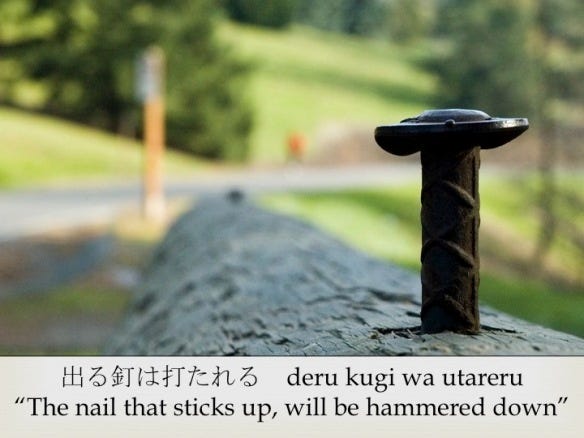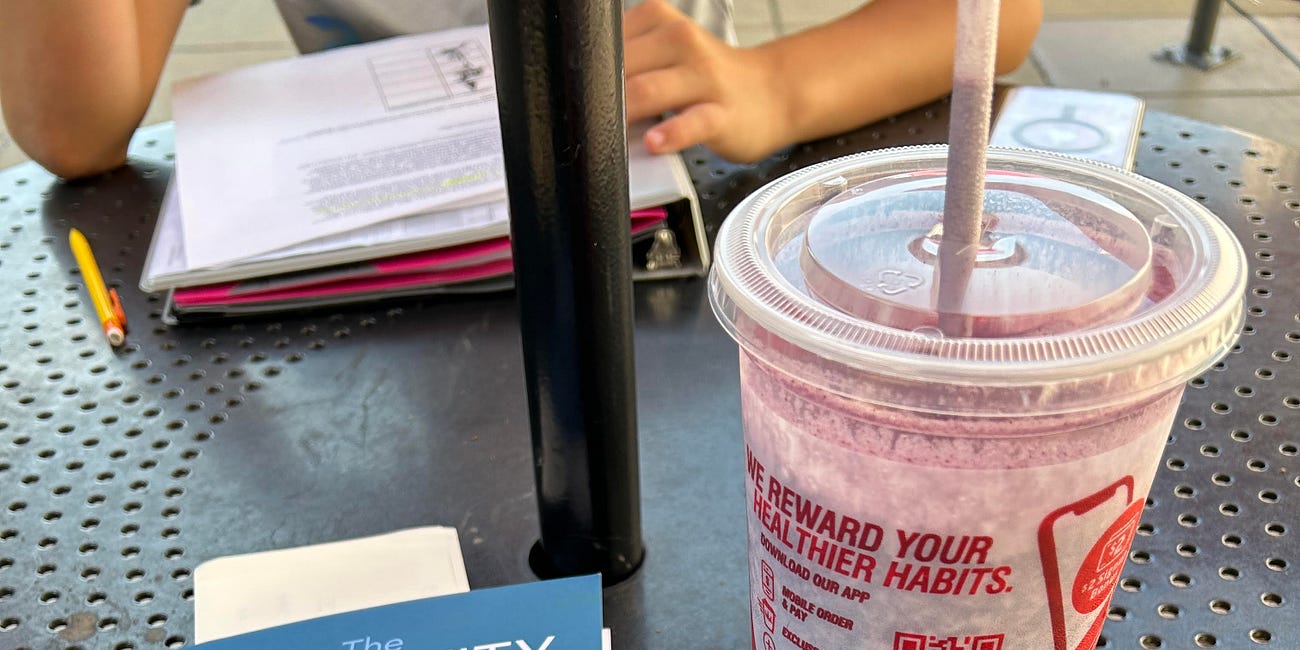Stop ignoring the first rule of creativity
Understand the steps to increase the amount of creative ideas in your microculture
My first scientific article was a mere comment that curiosity serves as a seed for creativity. I was humbled rather quickly as one of the leading creativity scientists, Dr. Robert Sternberg, shot me down.
Sternberg said sure, people who are more curious tend to view themselves as more creative (see studies 1 and 2). And sure, when searching for creative solutions to solve immigration, hunger, or homelessness, a feeling of curiosity motivates creative thinking (click here). The list, however, of individual differences that predict creative thinking and products are vast. Attending to curiosity skips an important initial step.
Dual Pathways to Creativity
For creative outcomes to emerge, a person must be flexible in how they reflect on information (cognitive flexibility) and show persistence in working toward what’s possible (cognitive persistence). If you are playing with a wide range of ideas, absorbing diverse inputs (books, talks, movies, conversations) this is unlikely to forge creative outcomes. That is, unless you invest in the hard work of getting through shitty initial drafts and managing the negative evaluations, detractors, and rejections that occur on the journey.
What’s interesting is the individual differences that increase cognitive flexibility often detract from persistence. Tendencies such as:
openness to experience (the strongest predictor of creativity)
high frequency of positive emotions
power motivation
When attempting to increase cognitive persistence (under the right conditions), what’s most important is often tendencies to avoid rather than approach threats. Tendencies such as neuroticism.
The field of study on emotions on creativity has been a mess. Partly because researchers mix the two pathways to creativity together, thinking there is just one.
Which makes me wonder - where else are we lumping multiple pathways together instead of splitting them? (Read our related paper on this theme in reference to meaning in life).1
The First Step to Creativity
When Sternberg shot down my discussion how curiosity and creativity are linked, he didn’t discuss the dual pathways to creativity. He said something far simpler and profound:
Before considering a long list of what leads to creativity, know this:
The first stage is a decision to be creative.
Only after this decision is it worthwhile to consider the individual differences that matter.
By definition, creativity is the near pathological unwillingness to move in the direction of the crowd. A person who chooses creativity decides to defy the crowd.
Pursuing creativity is often unpleasant and pleasant. Resisting what other people are doing or thinking often leads to negative judgments, rejection, and status anxiety - at least, temporarily.
Why is it worthwhile to go in your own direction and propose ideas that are both novel and useful in some way? Because this is how culture evolves. We need people who think about problems in new ways and persevere despite other people who might not initially accept a heterodox approach.
When the creative dissenters of conventional thinking generate outcomes that work, we adore them. What we forget is that in the early decision-making phase, success is never guaranteed. Most creative efforts fail. Lessons, however, will be learned from these failures.
We promise to provide an environment that allows people to wonder, tinker, and experiment before there assurances exist.
Observe what happens in classrooms, boardrooms, and living rooms and a different picture emerges. People who choose to be creative are often discouraged. We remind them that life is stressful enough, why invest in low probability efforts.
When someone chooses to be creative, do not discourage them. What would you rather they spend time on? Trying to seek universal likability while stifling their motivation, abilities, and talents?
Provocation
I used to hold the belief that cover bands deserve pity. They spend their entire lives building musical talent only to mimic others. My view has changed.
An underappreciated creative contribution is incremental transformations. Instead of creating something that pushes a field beyond where it is heading or ready to go, you just add your unique spin to what already exists.
Sometimes you get products like this…..an indigenous Canadian musician creating a bizarre cover of Metallica’s masterpiece, The Unforgiven. In her native language! Listen for yourself and activate those cravings for Diversity, Inclusion, and Inspiration in less than five minutes…2
This week, how can you offer an incremental creative spin to an area of interest this week? Consider different life domains from workouts, story tellings, family activities, to workplace tasks. Post your contributions in the comments.
Dr. Todd B. Kashdan is the Author of The Art of Insubordination: How to Dissent and Defy Effectively (Avery/Penguin) and Professor of Psychology and Leader of The Well-Being Laboratory at George Mason University.
Follow me on socials: Twitter or Facebook or Linkedin or Instagram
Read Past Issues Here Including:
The Kaleidoscope of Creativity: Exploring Reactions to Fresh Ideas
If this is your first Provoked newsletter issue, learn more - here When we think of dissenters, a vivid image of rousing, anti-establishment figures comes to mind. However, there's more to these unorthodox thinkers than meets the eye. They are the driving force behind progress and change, fueled not by a desire to upset the apple cart, but to transform i…
Send me a message and I will give you to the PDF





I've found the 'decision' to be creative is innate - perhaps it's part of ADHDness... I have to make an active decision NOT to look at alternative ways of doing things, and when I don't it doesn't make me popular.
Another way of viewing this could be if we reduce the push to succeed and replace it with 'play'. Kids play all the time, and things don't work but they learn and build success from those lessons. They're cognitively flexible and cognitively persistent and *because the outcomes aren't critical* (who cares if my Barbie's cardboard house would fall over with the first puff of wind? what matters is that my Barbie's house has taught me about spacial awareness, constraints and improvising with what is in my bedroom!).
I wonder what would happen if we gave time to experimenting and play as adults at work? I remember one manager telling me to just stop changing a group pain management programme because surely by now it would be 'right'? I called it continuous quality improvement instead...
This week's play is working out how I can incorporate new experiential learning activities for my 5th year medical students so they learn perspective taking when seeing patients with pain. Wish me cognitive persistence!
I love the passage on the dual pathways Todd.
Does cognitive persistence differ at all from general conscientiousness?
How might someone cultivate more cognitive persistence?